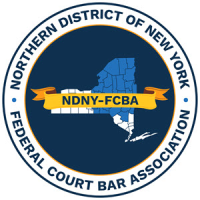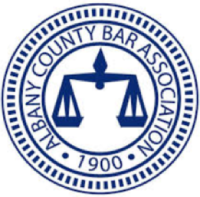How to know if employees are exempt or non-exempt
Employers in Albany and other cities across the United States must understand the difference between exempt and non-exempt employees. One important thing to remember is that exempt employees are paid annual salaries instead of hourly rates and are not eligible for overtime pay. On the other hand, non-exempt employees are paid hourly wages and must receive overtime pay for working more than 40 hours per week.
A few words regarding the EEO-1 report
According to laws regarding employment, employers must submit data on the genders, races, ethnicity and job categories of all employees. An employer must comply and submit this report every year by the May 31 deadline. However, there have been some exceptions to the deadline during the past couple of years. Questions regarding wages may arise if the EEO-1 report shows that some employees are classified incorrectly.
Employers must classify employees according to labor laws
Failure to classify employees according to employment law can lead to fines for employers. The U.S. Department of Labor enforces these fines. Consequently, employers should strive to understand the differences between exempt and non-exempt employees. Highly paid professionals are typically exempt employees. Servers, cashiers, file clerks and general office workers are non-exempt.
Legal regulations dictate whether employees are exempt or non-exempt
According to the Fair Labor Standards Act (FLSA), executives and similar professionals do not typically receive hourly salaries. As exempt employees, they receive specified exemptions and monetary compensations for their work. Employers must pay non-exempt employees minimum wages per hour worked. However, each state has a minimum wage law that may differ from federal law. Some states have minimum wage laws that exceed the federal requirement.





